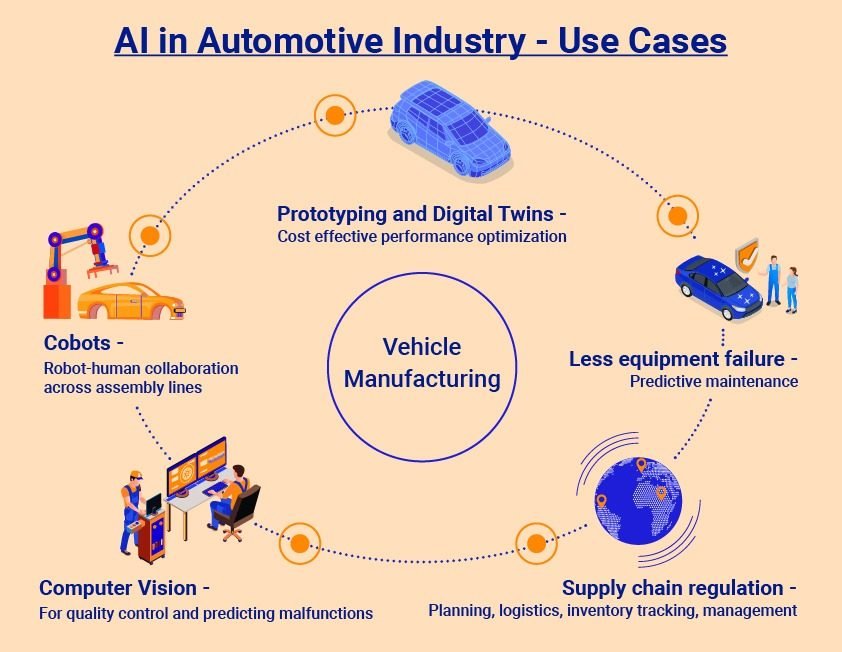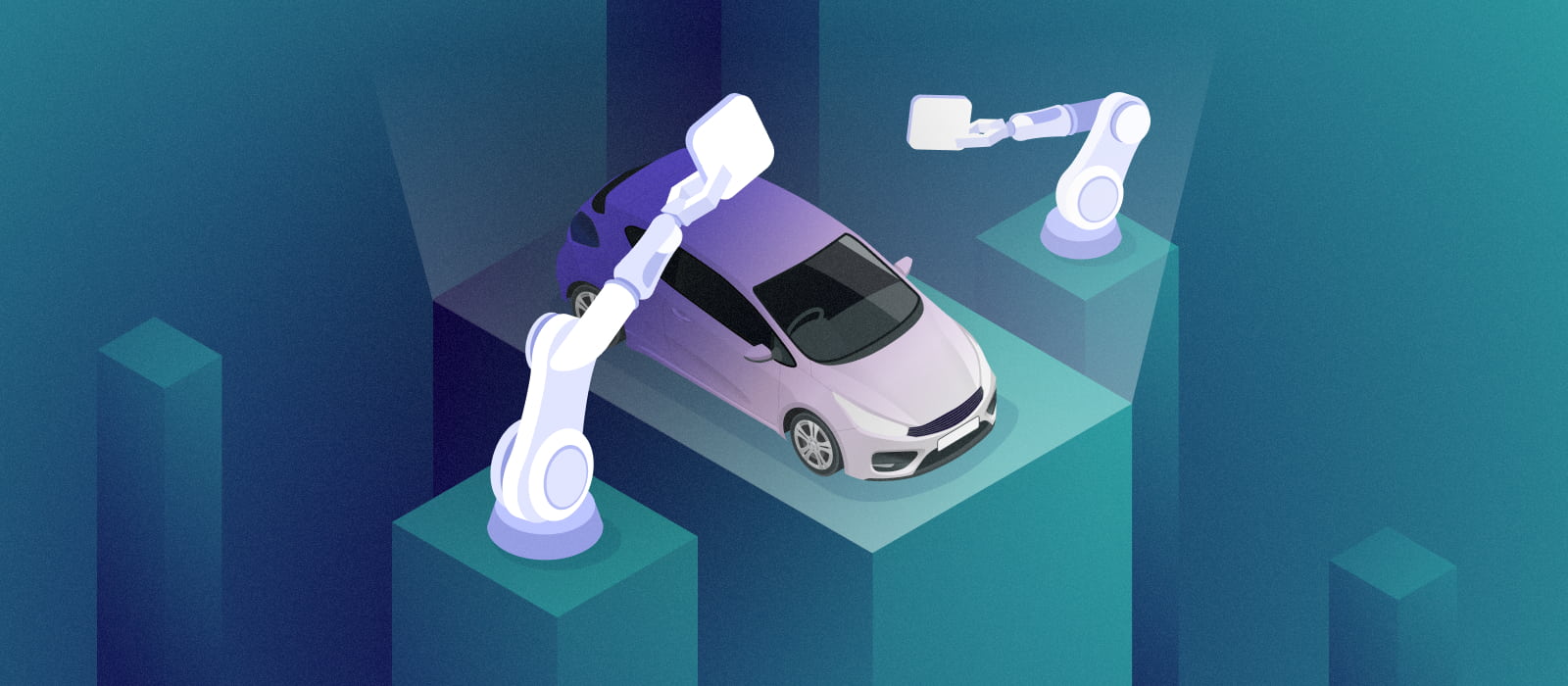
Introduction
Overview of Machine Learning in Automotive Technologies
As we navigate through an era marked by rapid technological advancement, machine learning has emerged as a powerful catalyst shaping automotive technologies. By enabling vehicles to learn from data and improve their performance over time, machine learning offers solutions that were once limited to the realm of science fiction. Imagine your vehicle not only reacting to traffic but also predicting potential hazards based on historical data and driving patterns. This innovative approach is revolutionizing how we think about transportation.
Significance of Machine Learning in Driving Automotive Innovation
Machine learning’s impact on the automotive industry transcends just technological enhancements; it inspires a holistic transformation. Here are some significant ways it drives innovation:
- Autonomous systems: Self-driving cars depend heavily on machine learning to navigate complex environments.
- Efficiency: Predictive algorithms optimize routes, saving time and fuel.
- Safety: Enhanced driver assistance features reduce accidents.
Through these facets, machine learning not only enhances the driving experience but also promotes a safer, more efficient future in transportation.
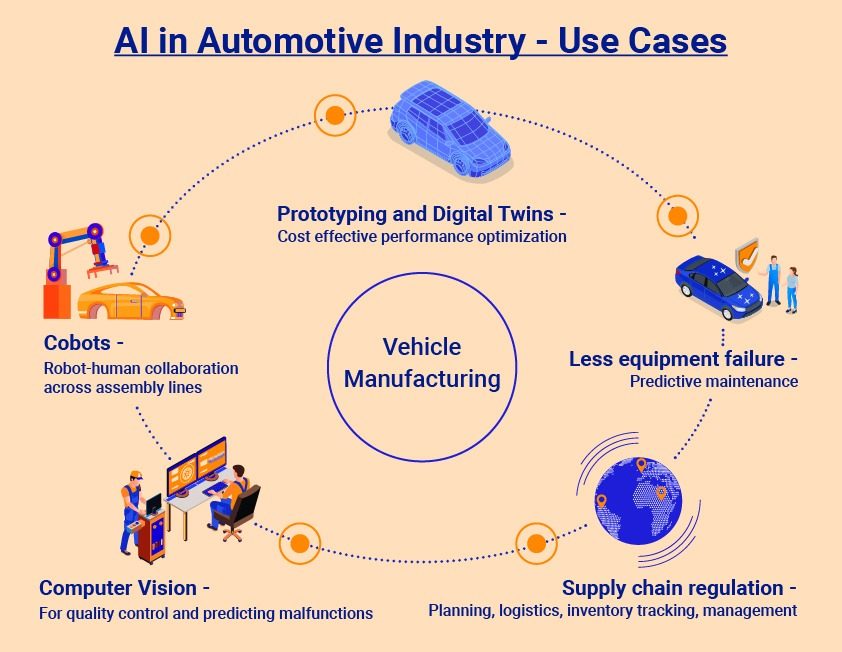
Applications of Machine Learning in Automotive Industry
Autonomous Vehicles
In the quest for true autonomy, machine learning stands as the backbone technology for autonomous vehicles. These vehicles learn from vast datasets collected from various sensors and cameras, allowing them to make split-second decisions on the road. For instance, they can recognize pedestrians, cyclists, and other obstacles, ensuring safer navigation.
Predictive Maintenance
Another remarkable application is predictive maintenance. Imagine receiving an alert before your car’s engine develops a problem, giving you the opportunity to address the issue proactively. Machine learning algorithms analyze data from vehicle sensors to predict malfunctions, allowing for timely maintenance and reduced repair costs.
- Benefits of Predictive Maintenance:
- Increased vehicle lifespan
- Minimized downtime
- Enhanced safety
Enhanced Driver Assistance Systems
Furthermore, enhanced driver assistance systems (ADAS) utilize machine learning to provide features like adaptive cruise control and lane-keeping assistance. These features adapt to the driver’s habits and external conditions, helping to create a customized and safer driving experience.
As these technologies continue to develop, they pave the way for a more efficient and secure automotive industry.
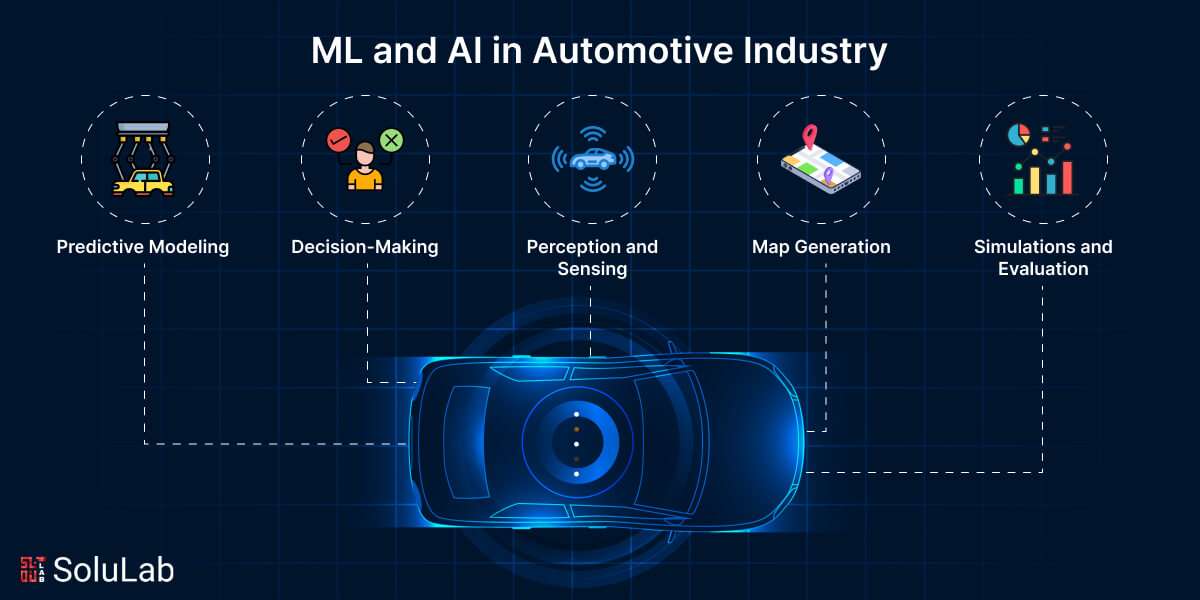
Challenges and Opportunities in Implementing Machine Learning
Data Security and Privacy Concerns
While the prospects of machine learning in the automotive industry are enticing, challenges abound, particularly in data security and privacy. As vehicles become more connected, the amount of sensitive data generated raises alarm bells about potential breaches. Consumers are rightly concerned—who wants their driving habits and personal information exposed?
- Key concerns:
- Unauthorized access to vehicle systems
- Misuse of personal data
Integration of Machine Learning Algorithms in Vehicles
Another hurdle is the integration of machine learning algorithms into existing vehicle infrastructures. Legacy systems need updates for compatibility with new technology, which can be complex and costly. However, this integration also offers a chance for automakers to innovate and enhance vehicle performance.
Regulatory Hurdles
Lastly, regulatory hurdles continue to pose challenges. Governments around the world are grappling with how best to regulate these technologies while fostering innovation. Striking this balance is crucial for paving the way towards a future where machine learning enhances safety and efficiency without compromising security.
Through addressing these challenges, the automotive industry can leverage significant opportunities for growth and advancement.
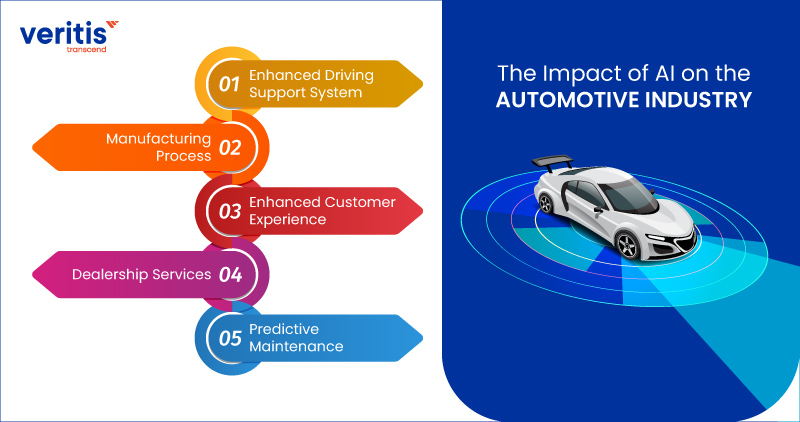
Impact of Machine Learning on Vehicle Design and Manufacturing
Customization and Personalization
The application of machine learning is reshaping vehicle design and manufacturing, especially in customization and personalization. Consumers today seek vehicles that reflect their personal style and preferences. With machine learning, manufacturers can analyze consumer data to create tailored options that meet specific demands.
- Examples of Customization:
- Interior features that adapt to user preferences.
- Personalized infotainment experiences based on previous interactions.
This capability not only enhances customer satisfaction but establishes brand loyalty as buyers feel a connection to their uniquely configured vehicles.
Optimized Production Processes
In addition to personalization, machine learning is revolutionizing production processes. By analyzing operational data, manufacturers can predict bottlenecks and optimize workflows, resulting in a more efficient assembly line.
- Benefits of Optimized Production:
- Reduced production costs
- Shortened lead times
- Improved product quality
Ultimately, machine learning allows the automotive industry to not only cater to individual consumer needs but also streamline its own operations, paving the way for a more agile and responsive manufacturing landscape.

Future Trends and Innovations Driven by Machine Learning
IoT Connectivity in Vehicles
As the future of automotive technology unfolds, IoT (Internet of Things) connectivity is poised to play a significant role, powered by machine learning. Imagine vehicles that not only communicate with each other but also with traffic lights, road signs, and even nearby infrastructure. This interconnectivity will enable real-time data sharing, enhancing both traffic management and safety.
- Potential Benefits of IoT Connectivity:
- Smarter navigation systems
- Reduced congestion through responsive traffic signals
- Enhanced safety features through vehicle-to-vehicle communication
Advanced Driver Monitoring Systems
Coupled with IoT advancements, machine learning is leading to the development of advanced driver monitoring systems. These systems analyze driver behavior and alertness, aiming to prevent accidents caused by distractions or fatigue.
- Features of Driver Monitoring Systems:
- Real-time alerts for inattentiveness
- Biometric monitoring for fatigue detection
By integrating these technologies, the automotive industry is gearing up for an intelligent future that prioritizes safety and efficiency, making driving a more connected and secure experience.

Collaboration and Partnerships in Advancing Automotive Technologies
Industry Collaborations for Innovation
As we steer toward the future, collaboration within the automotive industry is becoming crucial for driving innovation. Companies are recognizing that pooling resources and expertise can lead to groundbreaking advancements. For example, major automakers are forming strategic alliances with tech firms to develop autonomous driving solutions.
- Benefits of Industry Collaborations:
- Shared resources for research and development
- Accelerated technology deployment
- Diversity of ideas fostering creativity
This paradigm shift towards collaboration is not just a trend but a necessary approach to navigate the complexities of emerging technologies.
Academic and Research Institute Contributions
Equally important are the contributions from academic and research institutions. These entities can investigate fundamental questions, helping industry players understand new technologies. By facilitating internships and real-world project collaborations, schools can bridge the gap between theory and practice.
- Impactful Contributions:
- Development of new algorithms and models
- Pioneering research in safety and efficiency protocols
Through these partnerships, the automotive industry is not only enhancing its technological landscape but also ensuring a steady influx of innovative ideas that will shape the future of transportation.
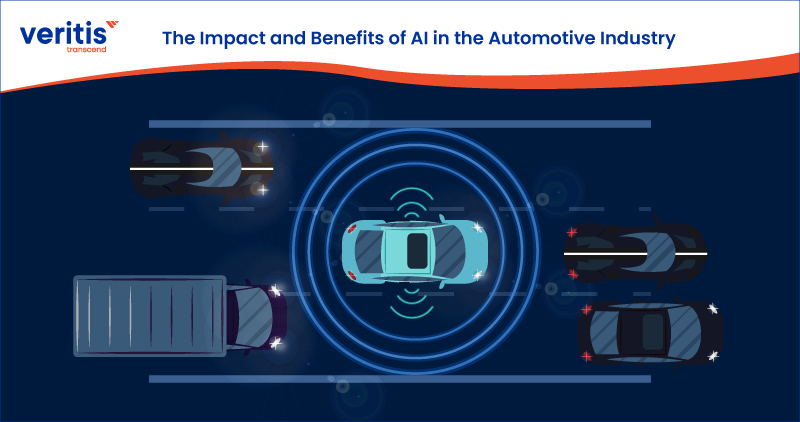
Conclusion
Summary of Machine Learning’s Role in Shaping Automotive Technologies
In summary, machine learning is undeniably revolutionizing the automotive industry by enhancing safety, efficiency, and user experience. From enabling autonomous vehicles to optimizing production processes, its impact is profound and far-reaching. As we’ve explored, the integration of machine learning provides exciting applications that cater to modern consumer demands while tackling industry challenges.
Future Prospects and Optimization Strategies
Looking ahead, the future of automotive technology will hinge on continuous innovation and adaptability. Companies must prioritize investing in skilled talent and fostering collaborative partnerships with tech firms and academic institutions.
- Key Strategies for Optimization:
- Invest in robust cybersecurity measures to protect user data
- Emphasize real-time data analytics for timely decision-making
- Support regulatory frameworks that encourage innovation while ensuring safety
By embracing these strategies and harnessing machine learning’s capabilities, the automotive industry can achieve a safer, more connected, and intelligently designed future.
